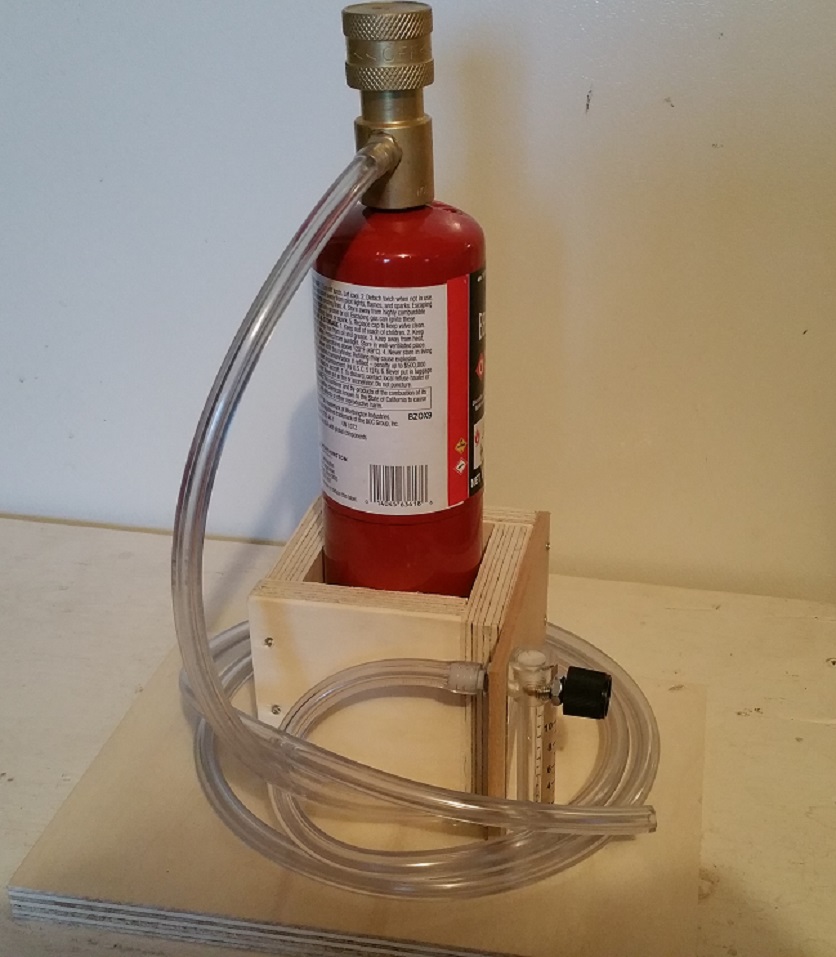Brewmegoodbeer
Well-Known Member
I have been doing some research on what homebrewers use to oxygenate wort to promote fermentation/yeast health. Commonly the Bernzomatic Oxygen tanks are bought from hardware stores and used with oxygen regulators bought from home brew supply stores. I reviewed the safety data sheet the Bernzomatic has on the oxygen and basically all it says is “100% pure oxygen” but does not notate if purity testing is done to prove this. There is the argument that there is no difference between welding grade and medical grade oxygen all over the internet. I want to find facts. I asked 2 representatives at Airgas today and they both agreed that there is a difference as medical grade is tested for impurities and there are safety measures in place to assure that the oxygen is approved for human consumption. They even stated that if i came in and asked for welding grade oxygen and found out i was using it for human consumption that they could not sell it to me. This makes me scratch my head as home brewers swear its the same. I emailed Bernzomatic in the regard that 1000’s of homebrewers use their product for human consumption and asked them if they approve of this use. I will let you all know what they tell me. I have a feeling that they will tell me that they do not recommend this practice which goes back to the question: why are home brewers putting things in their beer that are not proven pure when we all harp on the quality of our practices??

























![Craft A Brew - Safale S-04 Dry Yeast - Fermentis - English Ale Dry Yeast - For English and American Ales and Hard Apple Ciders - Ingredients for Home Brewing - Beer Making Supplies - [1 Pack]](https://m.media-amazon.com/images/I/41fVGNh6JfL._SL500_.jpg)

































